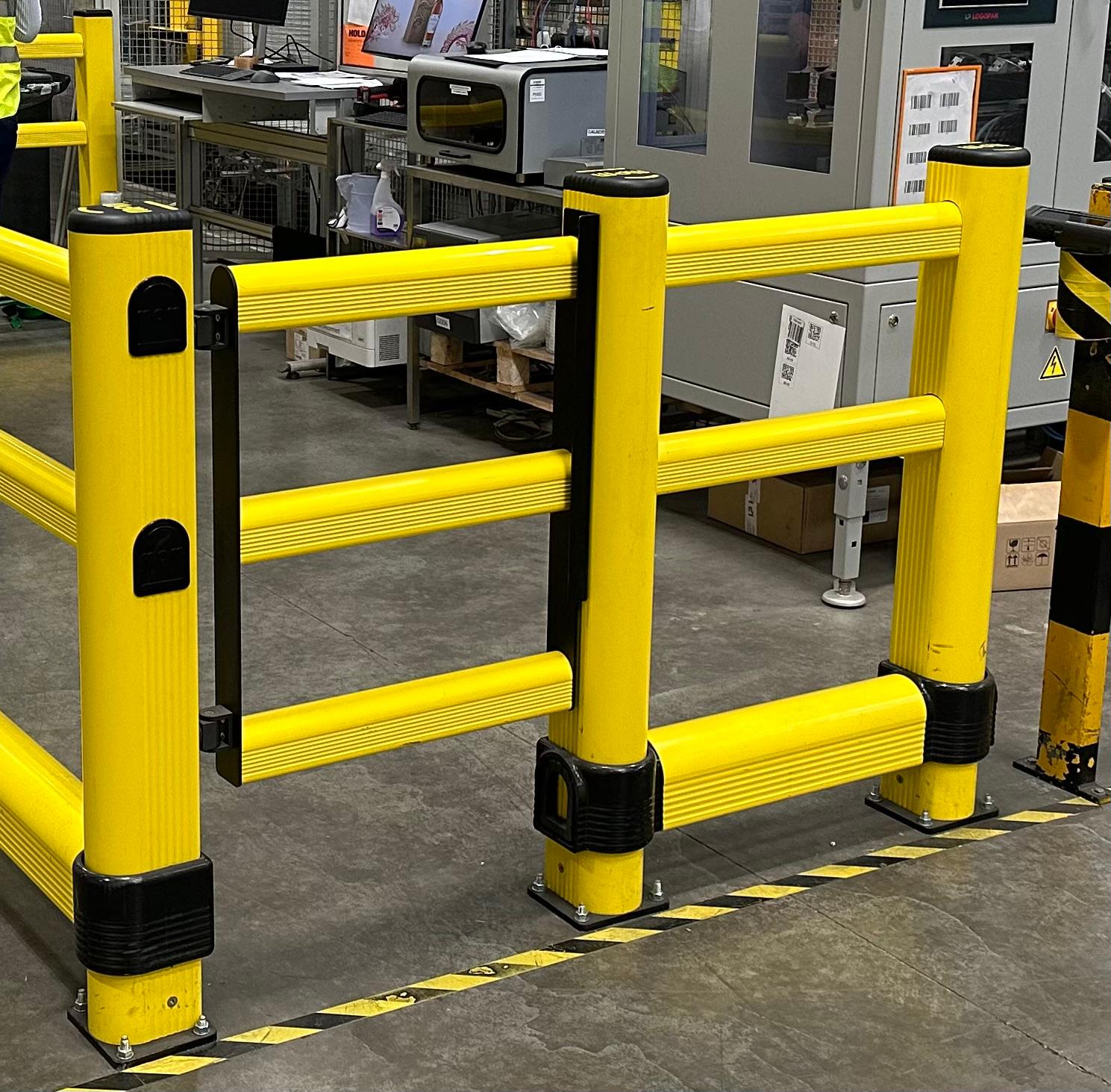What are the standard colours for a Health & Safety wall?
 By
Damian White
·
2 minute read
By
Damian White
·
2 minute read
Struggling to create a safe warehouse for your employees?
One key element that can make a significant difference is a Health & Safety wall. In this article you will learn what a Health and Safety wall is, and what the standard colours are that you should consider.
Contents:
- What is a Health & Safety wall?
- What are colour standard regulations?
- How to design an effective Health & Safety wall
- Successful safety wall examples
- The colours we would recommend
What is a Health & Safety Wall?
A Health & Safety wall is a designated area within a workplace that displays essential information related to employee well-being and emergency procedures. It serves as a central hub for communicating important safety protocols, such as first aid locations, AED placement, fire evacuation routes, eyewash stations, and lens cleaner availability.
This dedicated space often includes visual aids like posters, charts, and instructional guides to educate employees on how to respond in case of emergencies or accidents. By prominently featuring key safety information in one centralised location, Health & Safety walls help create a culture of awareness and preparedness among staff members.

What are colour standard regulations?
When it comes to creating a Health & Safety wall, choosing the right colours is essential, so employees can quickly recognise where the help they need is located. For example, first aid equipment like kits or stations are typically associated with bright green backgrounds.
Fire safety equipment is commonly marked with red backgrounds and white symbols to indicate fire extinguishers or alarms. Spill kits are typically denoted by bright yellow backgrounds to ensure visibility during emergencies.
Lens Cleaner stations can be identified by blue backgrounds to differentiate them from other safety equipment.
How to design an effective Health & Safety wall
When designing an effective Health & Safety wall, it's first important to consider the location of your safety wall. You want to choose an area, that is easily accessible for all staff members in that area, and somewhere that is potentially unused or wasted space. Adding bright colours to a disused wall, can increase employee satisfaction, and help you to focus on maintaining all parts of the factory, to bring it to a world class standard.
Next, you need to focus on the layout and organisation of the wall you want to create. Start by determining the key safety topics you want to highlight, such as first aid, AED locations, fire evacuation procedures, eyewash stations, or lens cleaner stations, and any other safety procedures your staff need in emergencies.
Once you safety wall is implemented, the most important step is to regularly review and update the information on your Health & Safety wall to reflect any changes in regulations or protocols.
Successful safety wall examples

-3.jpeg?width=475&height=356&name=WhatsApp%20Image%202024-02-01%20at%2015.44.51%20(1)-3.jpeg)
The colours we recommend
When a client brings us to their site to measure up for a safety wall, we have a standard design that we show them, based on what most companies would use. This looks like the below.
Red – Fire
Yellow – Spill Kit
Green – First Aid
Eyewash/ Lens Cleaner – Blue
AED – Purple
Orange – Type D Fire
Safety walls are fully customisable however, so if a different colour palette is more suited for your factory, this design can be changed to suit any requirements.




In this article, you should have learnt what a safety wall is and the main colours that other clients use. We have helped many sites across the UK, develop these safety wall beacons in there factory, and have been extremely pleased with the results. If you are ready to improve your safety protocols in your warehouse, get in touch here.




